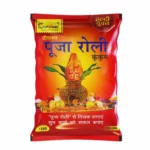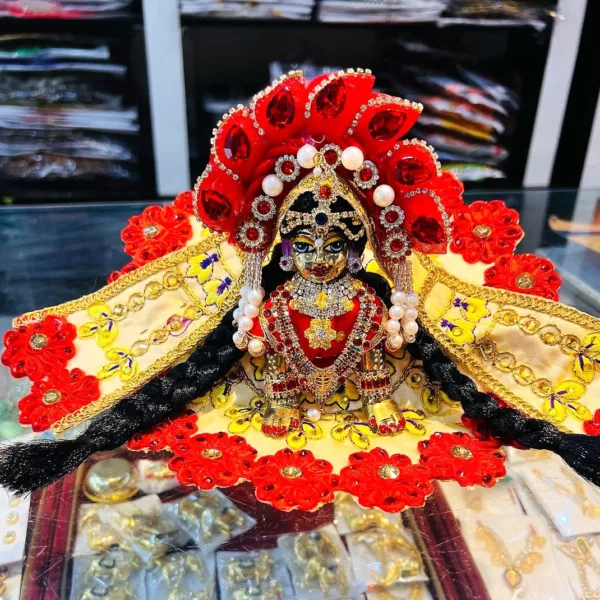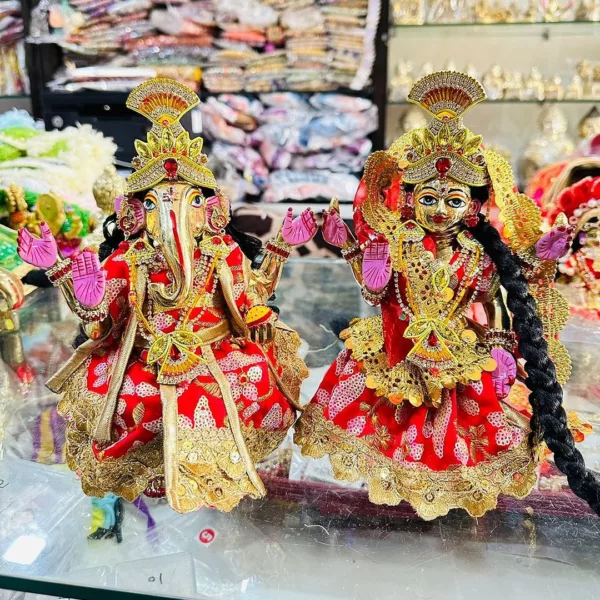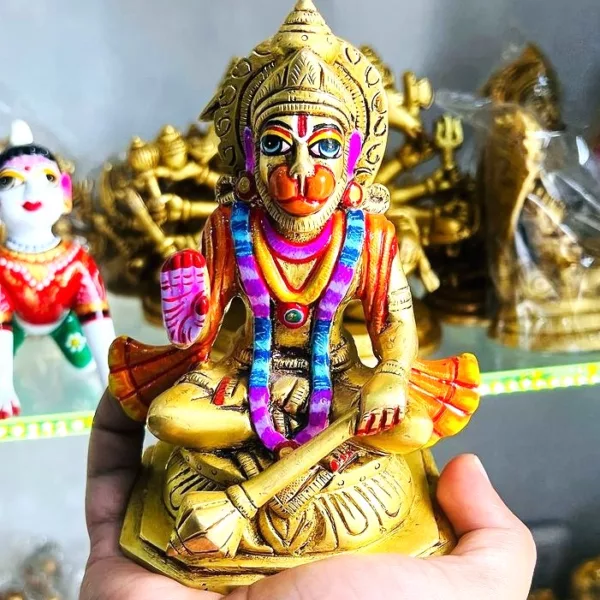

The Dandiya Sticks, an essential part of the vibrant Navratri festival, are a symbol of joy and tradition. This blog post will explore the significance, benefits, and product information of the Dandiya Sticks.
Significance of the Dandiya Sticks
Dandiya is a popular folk dance in Gujarat and Rajasthan, India, typically performed during Navratri, a festival celebrating the divine feminine. The dance is performed with pairs of sticks, called dandiyas, and is known for its energetic and lively nature1. The dancers move on their feet with rhythmic music and hold dandiya sticks in their hands and strike them2.
Product Information
The Dandiya Sticks available are made from 100% pure wood3. These sticks are decorated with different bright colors. These wooden dandiya colorful sticks give a colorful decoration, and it was worn by the dance performers3.
Benefits of the Dandiya Sticks
The Dandiya Sticks are known for their health and spiritual benefits. Here are some of the key benefits:
- Cardiovascular Exercise: Dandiya is an aerobic dance, meaning it gets your heart pumping and can improve your cardiovascular health1.
- Weight Loss: The dance burns calories and helps to tone and strengthen muscles, particularly in the legs and core1.
- Stress Relief: Dancing has long been known to be a great way to relieve stress and improve mental health1.
- Coordination and Balance: Dandiya requires precise coordination and balance, as dancers must keep time with the music and navigate the stick work involved in the dance1.
- Social Interaction: Dandiya is typically performed in a group setting, which can be a great way to meet new people and socialize1.
Conclusion
The Dandiya Sticks are not just a cultural symbol, but a source of fitness and a beacon of tradition. Whether you are a devout follower of Hindu rituals or someone seeking fitness and social interaction, the Dandiya Sticks can be a valuable addition to your cultural practices.
Keywords: Dandiya Sticks, Navratri, Folk Dance, Cardiovascular Exercise, Weight Loss, Stress Relief, Coordination and Balance, Social Interaction.



















